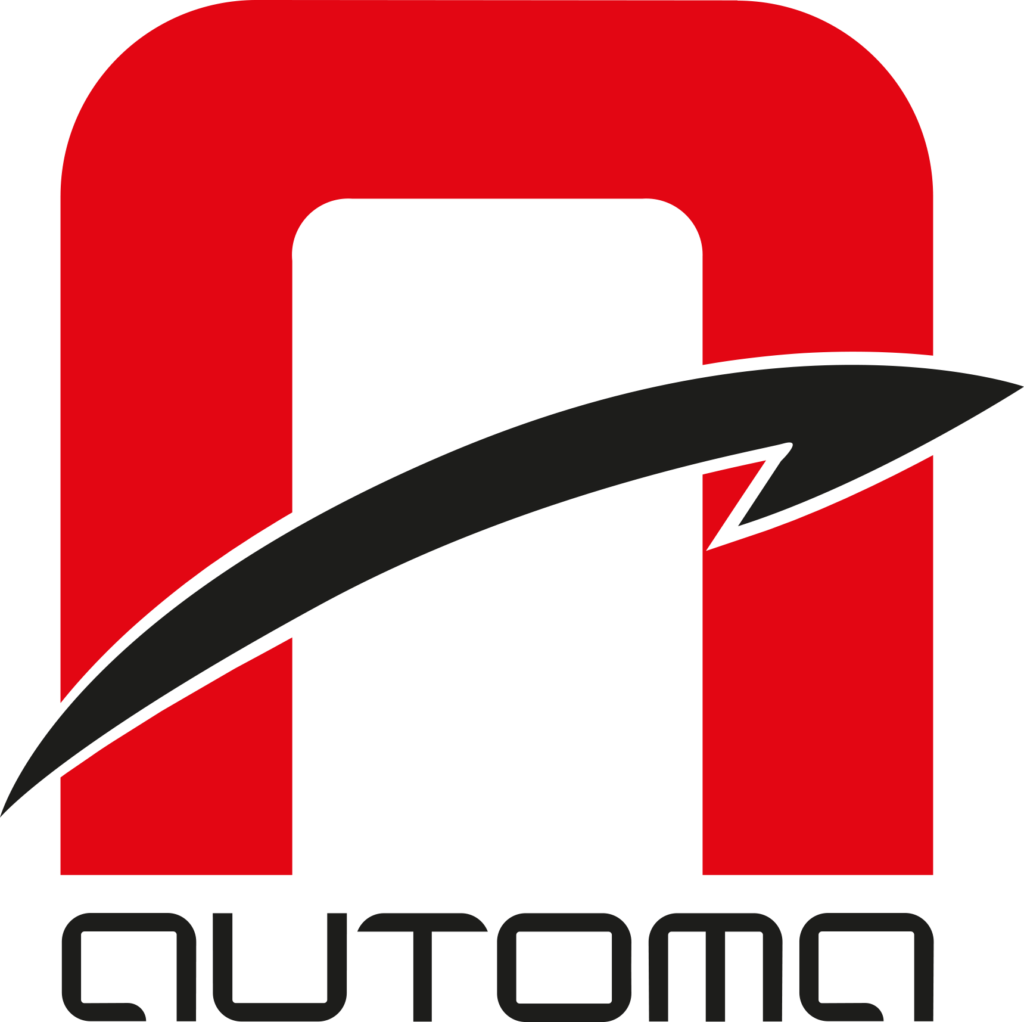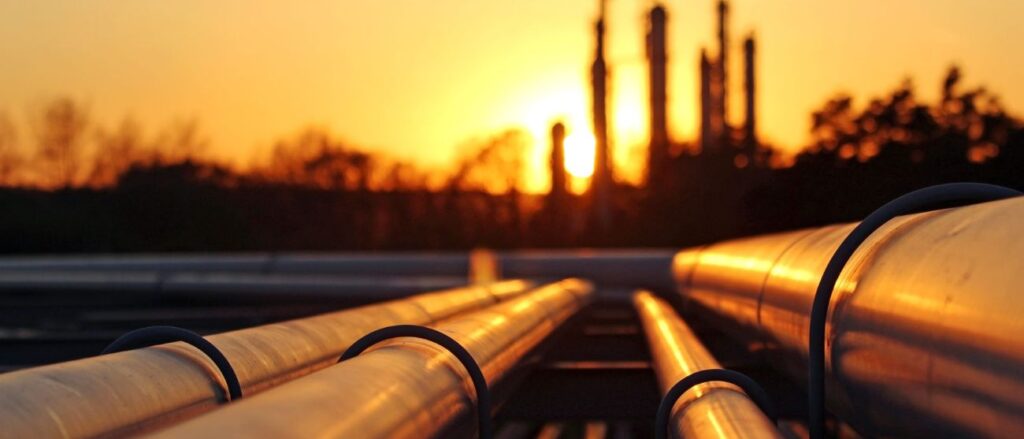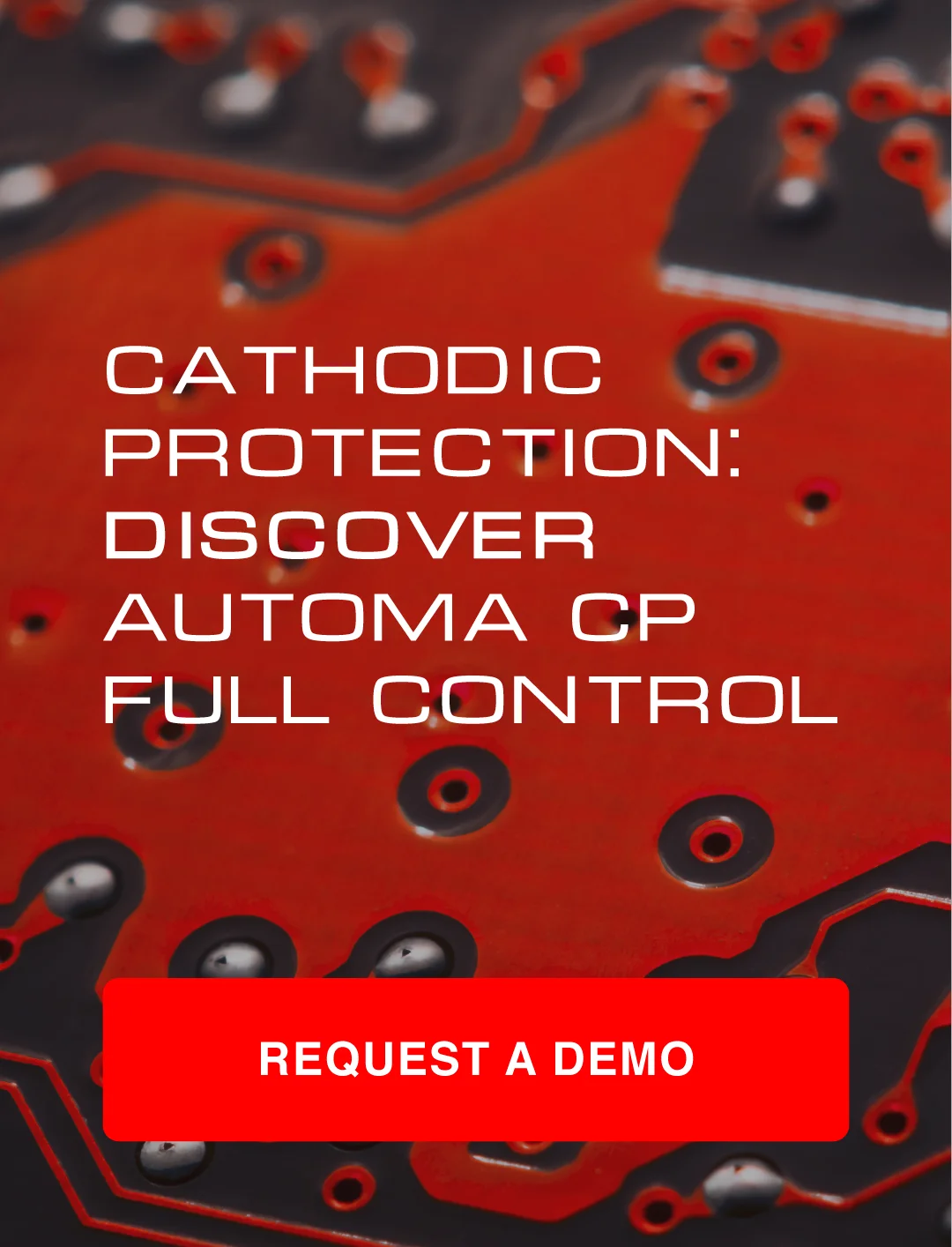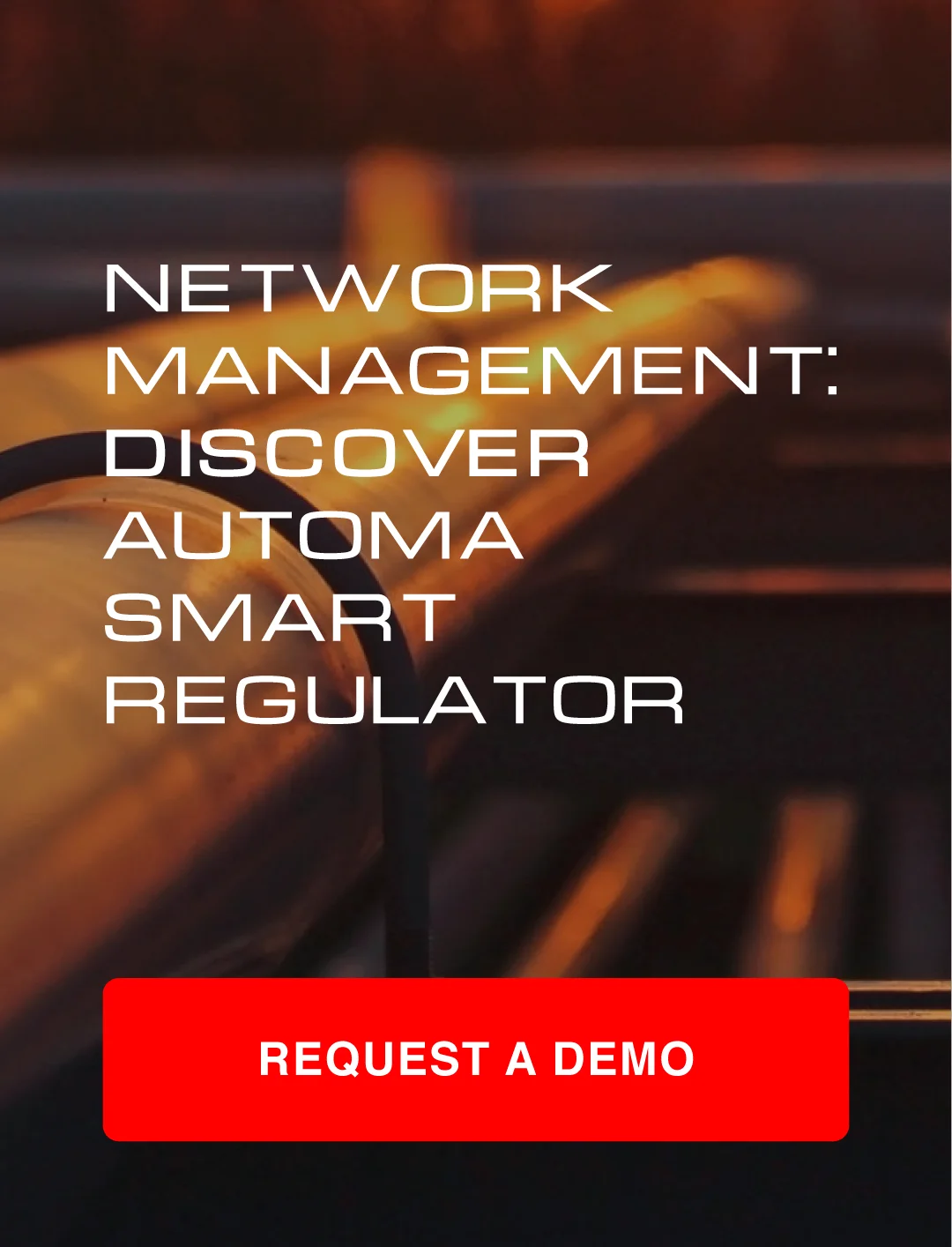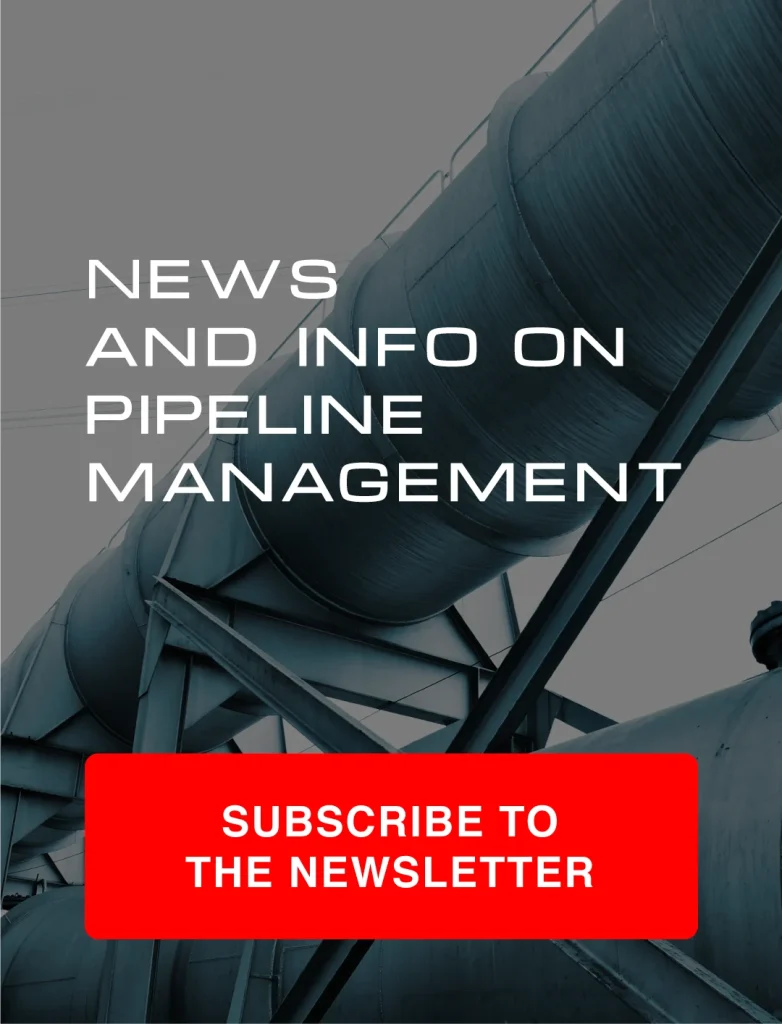We are all well aware of the critical role cathodic protection plays in ensuring a long pipeline life cycle and pipeline integrity, mitigating risks such as structural failure, explosion or environmental contamination due to corrosion.
Therefore, it is very important to ensure that the cathodic protection system applied to the facilities works effectively and reliably. The fact that these infrastructures are often located in remote areas can complicate monitoring and control operations, unless highly performing systems are in place.
How can you assess whether you are getting all the information you actually need toensure that your pipelines are working with maximum efficiency?
Here are some questions you should ask yourself, and the answers you should give yourself in order to work with peace of mind.
1) Can you check the functionality of your cathodic protection system?
According to ISO 15589-1, which outlines the criteria for assessing whether the cathodic protection system applied to a facility is functioning properly, you should carry out functionality inspections of all equipment, such as: impressed current stations, one-way drain stations, connections to external facilities (both direct and resistive bonding), AC and DC decoupling devices, galvanic anodes and test stations. For each of these equipment, maximum time intervals between inspections are defined, which differ depending on the device.
An on-site inspection not only requires frequent and exhausting travel, but also does not protect you from the risk of a device failing immediately after the inspection, forcing you to return to the site. All this can be avoided with remote monitoring, provided, however, that your system is able to give you real-time data on the performance of different equipment, also helping you to manage maintenance more efficiently.
2) Can you make accurate and precise measurements of ON potential and OFF potential at all measurement points?
Also according to ISO 15589-1, the verification of the effectiveness of cathodic protection can be carried out at two levels: the general evaluation is mainly based on measurements of the ON potential on all measurement points or only on representative ones, while the detailed evaluation also requires measurements of the OFF potential, preferably on all test posts.
Due to the short duration of on-site measurements (varying from minutes to hours), however, technicians may find it difficult to identify potential problems and possible unprotected conditions, particularly in areas with significant stray currents. For this reason, measurements can be performed on external test probes or coupons.
3) Is your measurement system adequate for the effect of high stray currents?
In the case of high stray currents, the potential analysis Eon may not be sufficient because it provides incomplete or sometimes misleading information.
Therefore, it becomes necessary to measure the IR-free potential, e.g. by measuring the Eoff on a coupon, which must be of a specific type and made of an appropriate shape, size and material, as well as correctly installed with respect to the reference electrode and the pipe.
Only under these conditions can the Eoff measure on the coupon bring the IR component to zero and thus Eoff can be considered a correct approximation of the IR-free potential.
The best choice for coupon measurements is a monitoring device with an integrated solid-state switch to handle remote communication.
4) Have the measurement points been selected to ensure the best monitoring coverage?
If the distribution of measurement points has not been made with the specificities of the facility in mind, the monitoring system may not perform as well as it could in detecting faults and verifying the effectiveness of cathodic protection.
The measurement points selected for monitoring can be of different types:
- points at the boundaries of the cathodic protection system, e.g. at insulation joints
- points where the least negative potentials were measured during commissioning
- critical or representative points of the cathodic protection system
- points associated with foreign facilities, so that changes can be detected.
A monitoring system that takes data from inadequate measurement points cannot give you all the information you need to ensure effective cathodic protection of the facility.
5) What happens to your monitoring system in case of power failure?
Risking being without data can be very dangerous when it comes to pipelines. Therefore, it is essential that your system transmits alarm signals in real time in the event of an external power supply failure.
But obviously receiving the warning is not enough. That is why it is essential to equip oneself with devices capable of guaranteeing optimal performance for long periods even in the event of an external power failure, calculating also that reaching them for the eventual replacement of the batteries could take a long time in which the facility would in fact be unmonitored.
It is therefore better to select a solution with ultra low power consumption technology. Automa’s G4C-PRO, for example, is a remote cathodic protection monitoring device that guarantees a minimum of 30 days of uninterrupted operation in the field, even in the absence of electricity, thanks to an integrated backup battery with a service life of more than 10 years.
6) How often do you have to replace batteries in the field?
Today there are high-performance solutions in terms of consumption. At Automa, we are experts in low power consumption technologies, such that our internal battery-powered devices have autonomies of at least four years even in adverse communication conditions. Under optimal signal conditions, the lithium battery life of our G4C-PRO can even extend up to five years without any problems. And G4C-PRO can also be powered by a small integrated solar panel with battery backup, with a replacement time of 10-12 years.
Founded in 1987 in Italy, over the years our company has established itself as a leader in the design and production of innovative Made in Italy technologies for remote monitoring and control in the Oil, Gas and Water sectors.
We develop hardware and software solutions for remote monitoring and control of pipeline integrity, in particular for cathodic protection and network operation.
Currently, more than 50,000 Automa devices are installed in about 40 countries.
Do you want to know whether your current monitoring system really provides you with effective cathodic protection and efficiently monitors pipeline integrity?
Contact our team without obligation and we will tell you how you can maintain maximum control over your facilities!

 Product Manager at Automa S.r.l.
Product Manager at Automa S.r.l.
Electronics engineer, he is certified as a Senior Technician in cathodic protection and specialises in market analysis and industry standards. With more than 15 years of experience in remote cathodic protection monitoring and a patent on an intelligent reference electrode, Ivano is a member of the Board of Directors of Ceocor (European Committee for the Study of Corrosion and Protection of Piping Systems) and Delegate of AMPP Italy Chapter, as well as an active member of the ISO and AMPP standard working groups for cathodic protection.
